Chronology
1922 — 2016
1922
Born November 7 (an identical twin) in Brooklyn, New York of Austrian immigrant parents.
1928 — 1940
Educated in Brooklyn. Attends Abraham Lincoln High School.
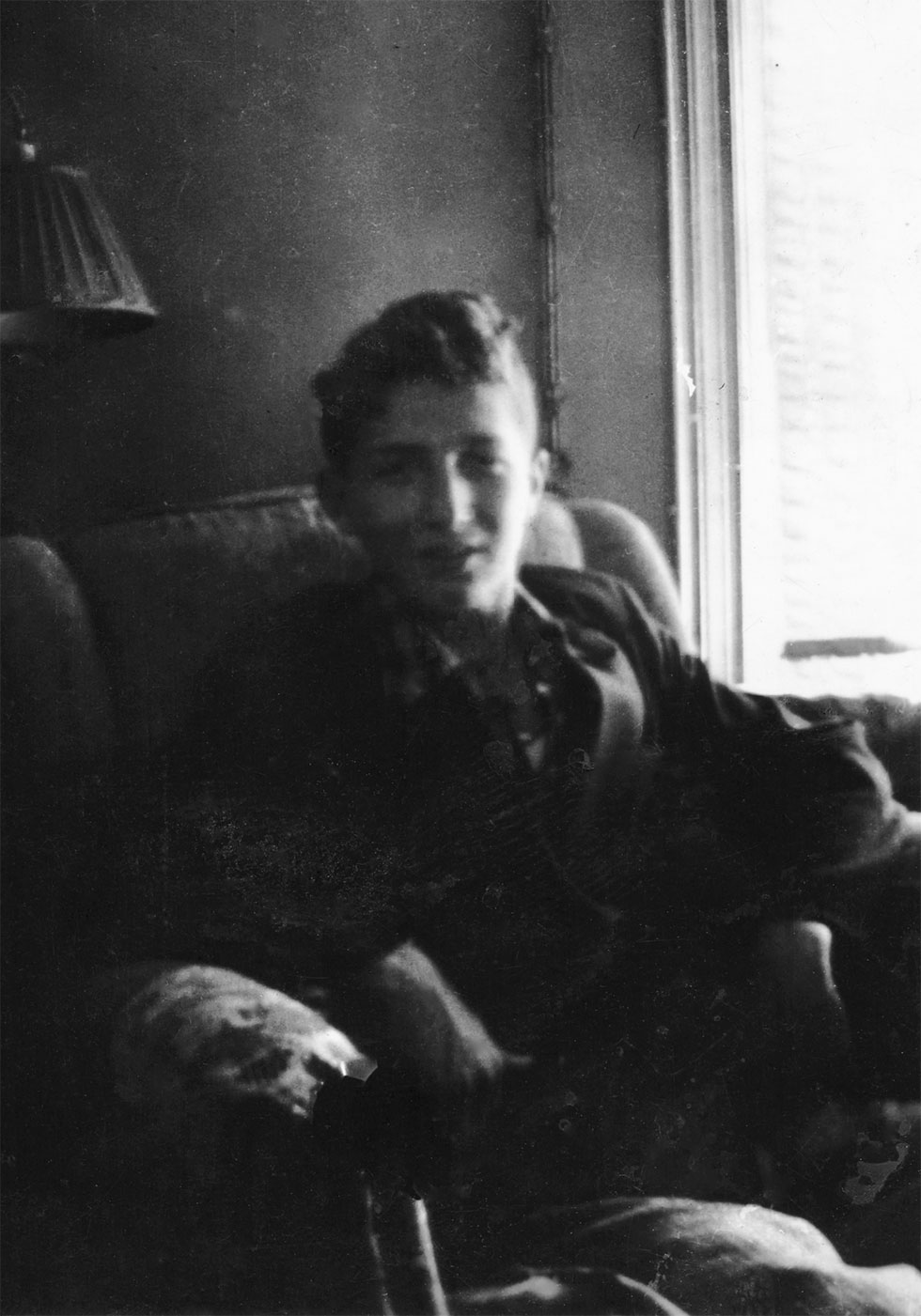
Thirteen years old, 1935 © Louis Stettner Estate
1935
Decides to be a photographer after seeing photographs by Stieglitz and Weegee. Parents offer him a Box Brownie.
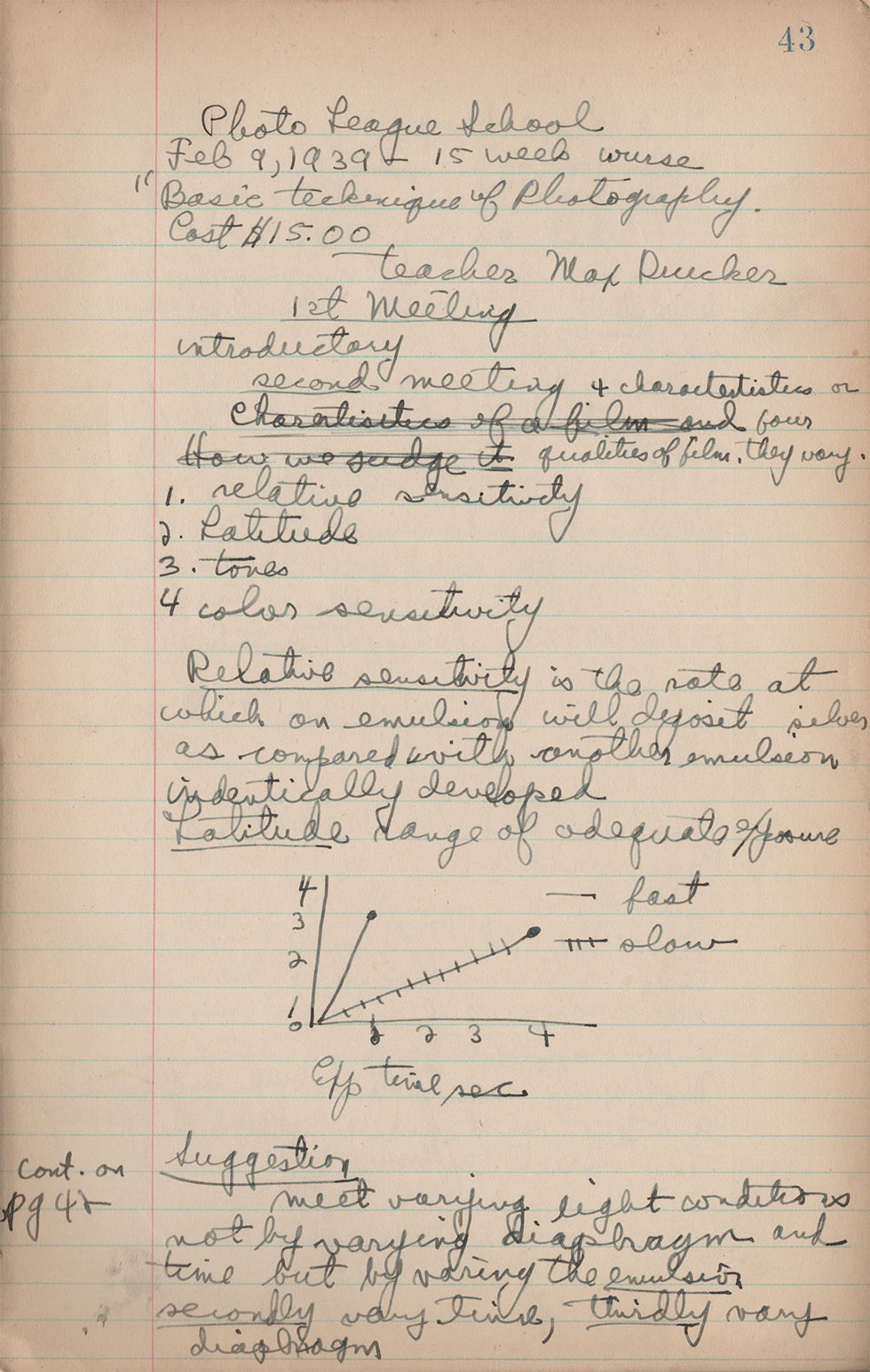
Early photographic journal from first class in Photo League, February 9, 1939
1939
Joins the Photo League. Takes course in basic technique. Only photography lessons ever taken. Works in the cabinet workshop run by his father. Meanwhile photographs with a 20×25 and an Ikkoflex. Encouraged by Steiglitz and Paul Strand. Begins lifelong practice of always printing his own work in the darkroom.
1942
At nineteen enlists in the US Army in the Signal Corp asking to be trained as a combat photographer. Sent as a military student engineer to Princeton University.
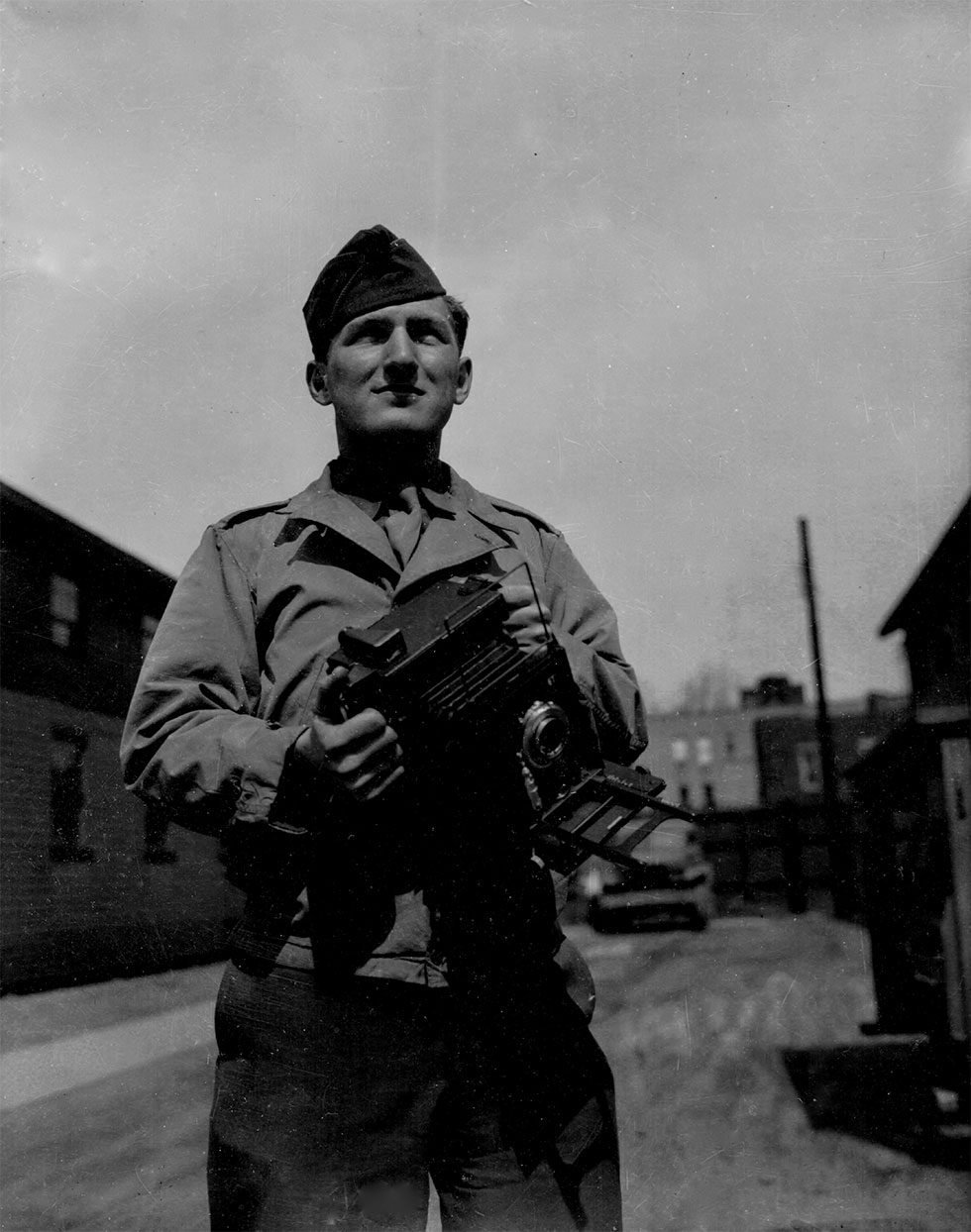
Army Combat Photographer ca. 1943
1943 — 1944
Signal Core Repairman, Crowder Missouri, and Signal Core Photographic Darkroom, Long Island City.
1944 — 1945
Combat photographer sent first to New Guinea where attached to invasion fleet going to island of Mindoro. Next assignment with the 32nd infantry division fighting in mountains of Bagio, Luzon, Philippines. Eventually sent to Japan after armistice arriving in Hiroshima. Discharged from army in December of 1945.
1946
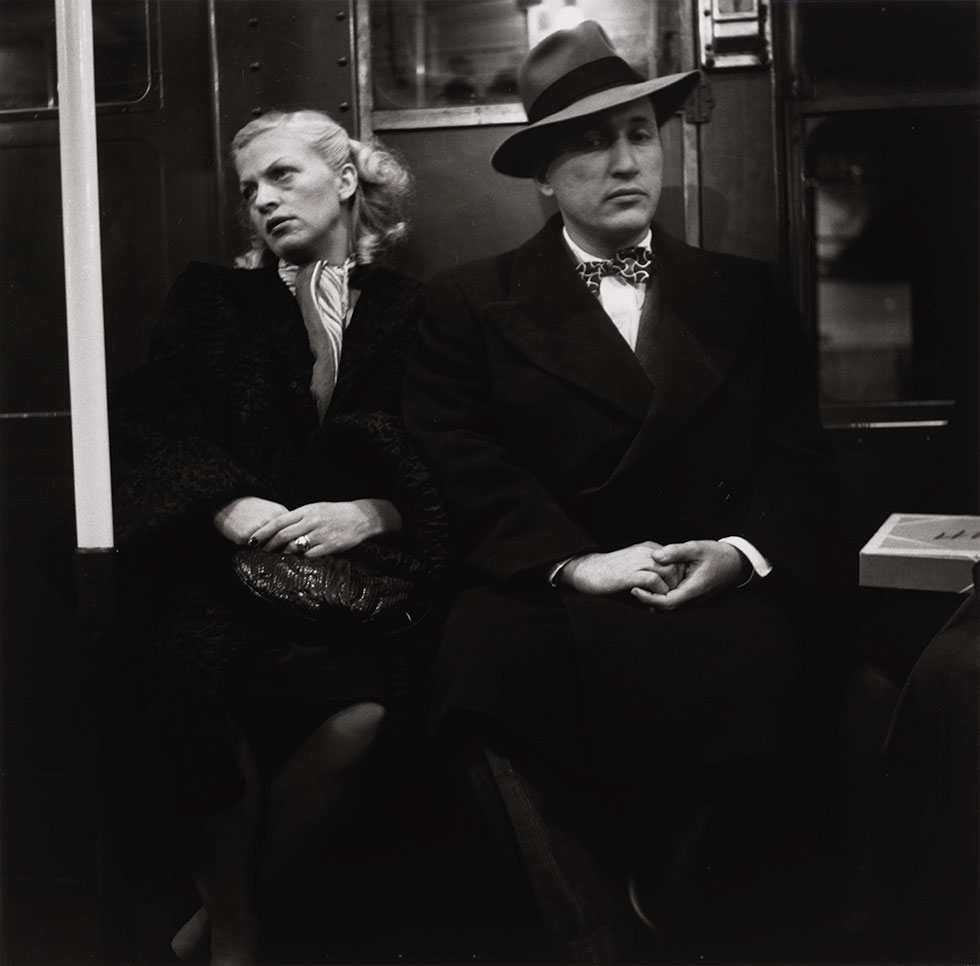
King and Queen of Coney Island, Subway Series, 1946 © Louis Stettner Estate
1947
First photographs ever published in an article titled « Louis Stettner by Sid Grossman » in the New ICONOGRAPH, 1947
Leaves in July for a three week trip to France and remains five years, living in Paris. Receives a commission from the Photo League to gather prints from significant French photographers and organizes the first exhibition of contemporary French photography in the United States at the League’s gallery (1948) including work of Brassai, Izis, Boubat, Doisneau, Ronis, Masclet, etc. On going friendship with Brassai, who is his maitre, and Edouard Boubat. Studies sculpture with Ossip Zadkine under the auspices of the GI Bill.
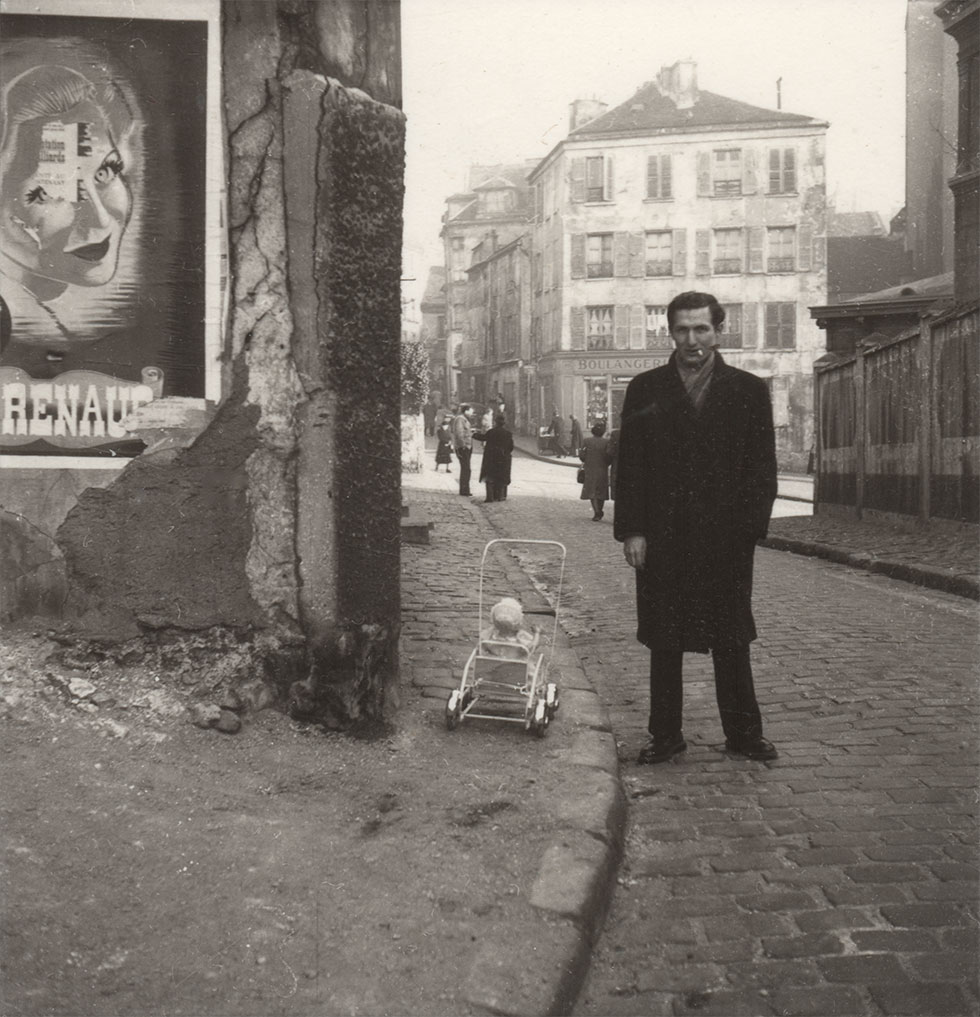
Louis Stettner, Montmartre 1948 © Edouard Boubat Estate
1949
First exhibits in Salon des Independents, Bibliotheque Nationale. First photographs published: Ten Photographs by Louis Stettner, Introduction by Brassai.
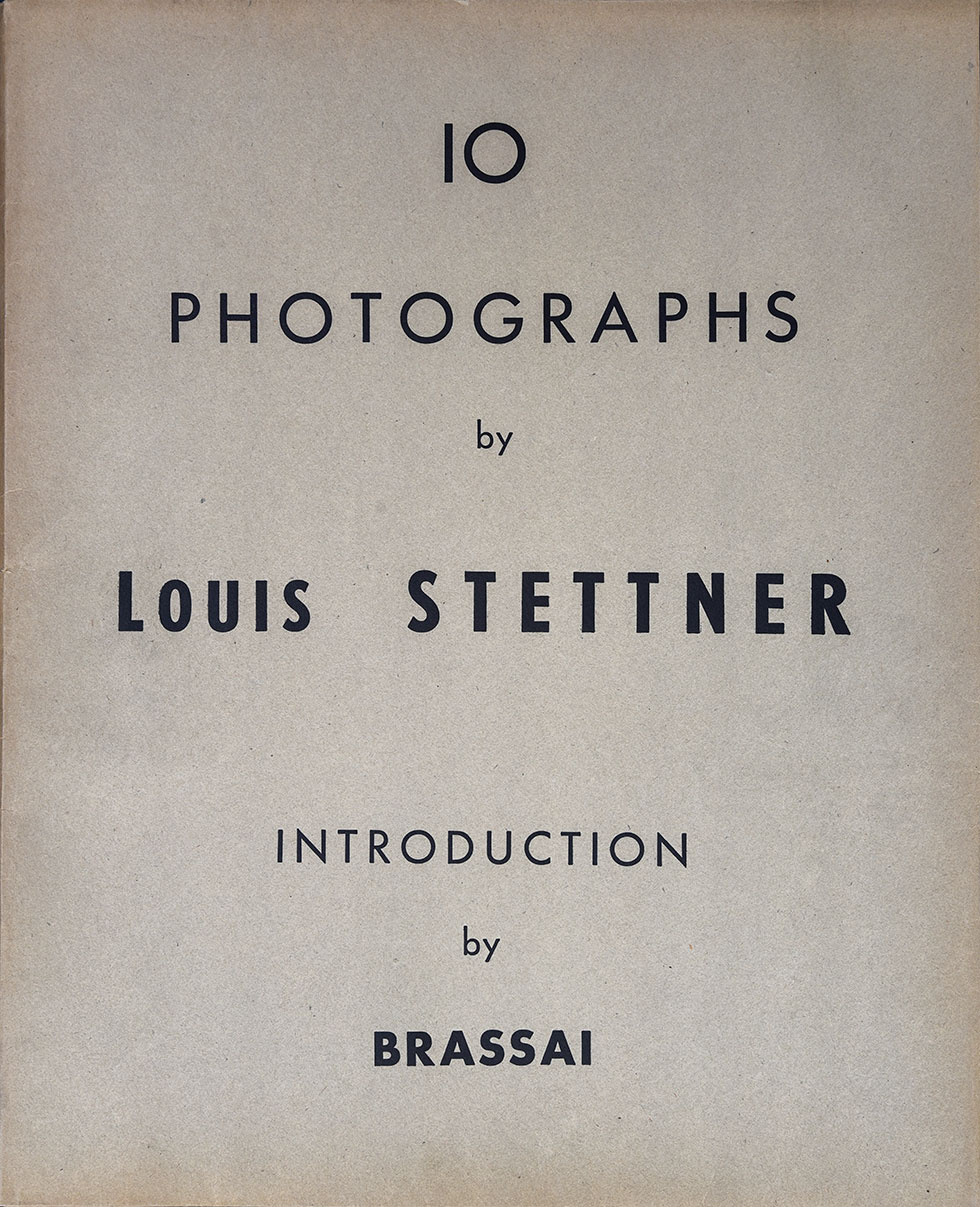
First publication of photographs of Paris and New York, 1949
1950
Prize winner in Life’s Young Photographers Contest. Reconnects with Paul Strand.
1951
Completes studies in cinema at IDHEC, Paris University. Photographs Paris continually during this period.
1952
Returns to the United States.
1950s
Photographs New York and works as freelance photographer for Life, Time. Fortune. Paris-Match, Realities, National Geographic as well as advertising firms in US and Europe. Also photographed for Marshall Plan but fired after visit from FBI for not revealing political views of Photo League members.
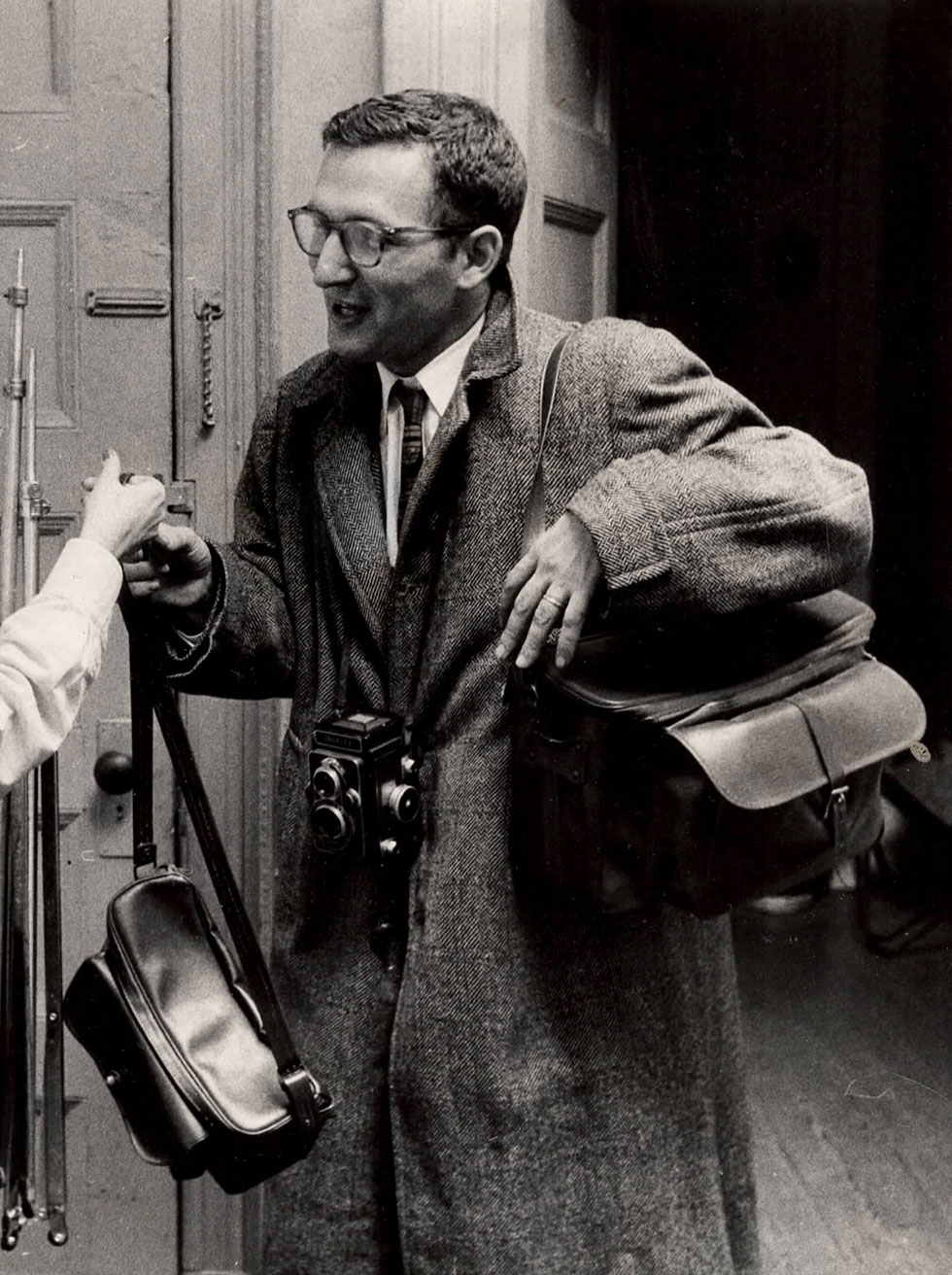
1952 — 1964
Periodic trips to photograph Paris, Greece, Spain, Portugal, Holland and Mexico.
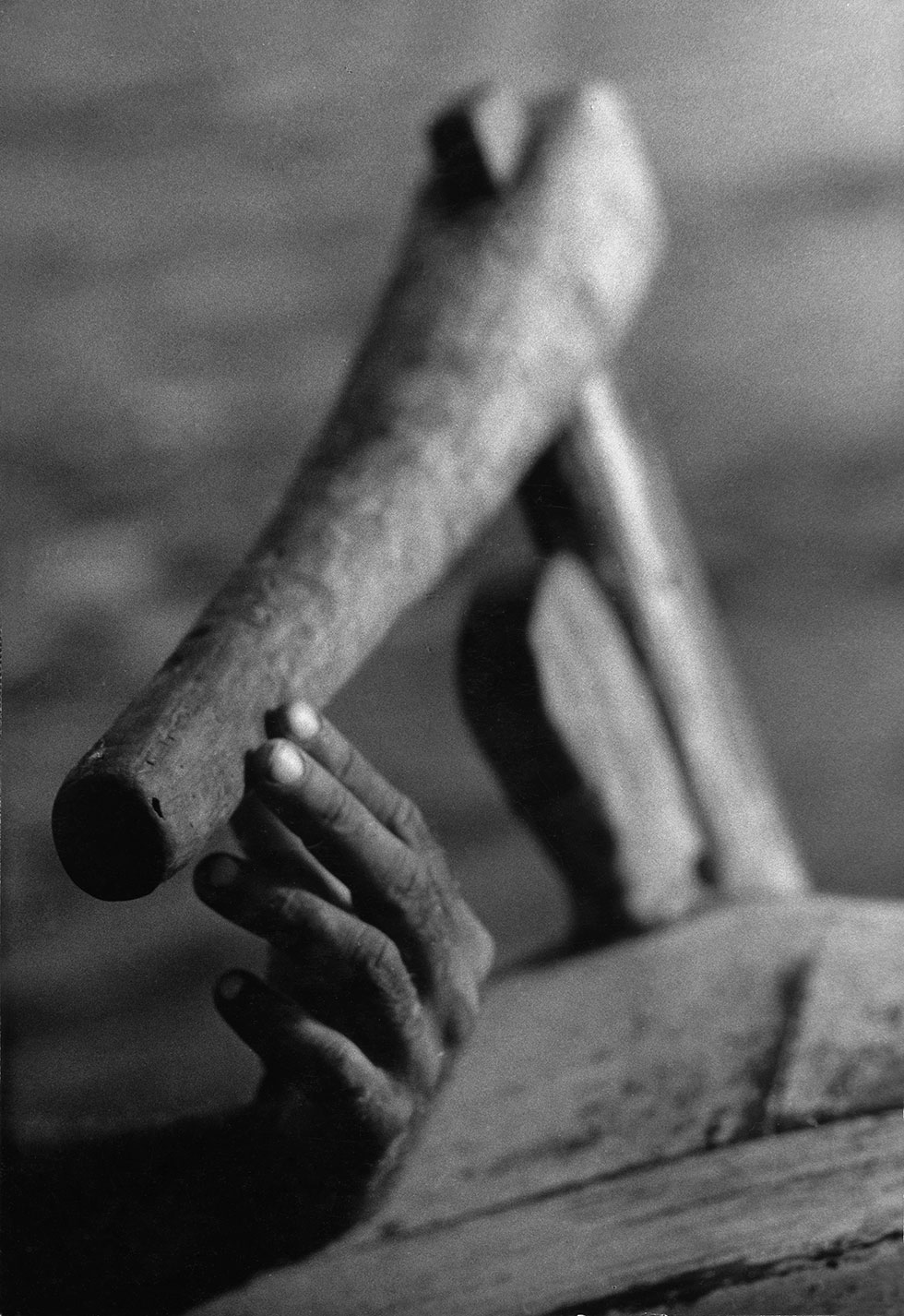
Pepe and Tony, Ibiza, Spain, 1956 © Louis Stettner Estate
1956
Pepe and Tony, Spanish Fishermen Series, Ibiza, Spain
1956 — 1957
Creative Photography fellowships at Yaddo, Saratoga Springs, New York. Meets Saul Bellow.
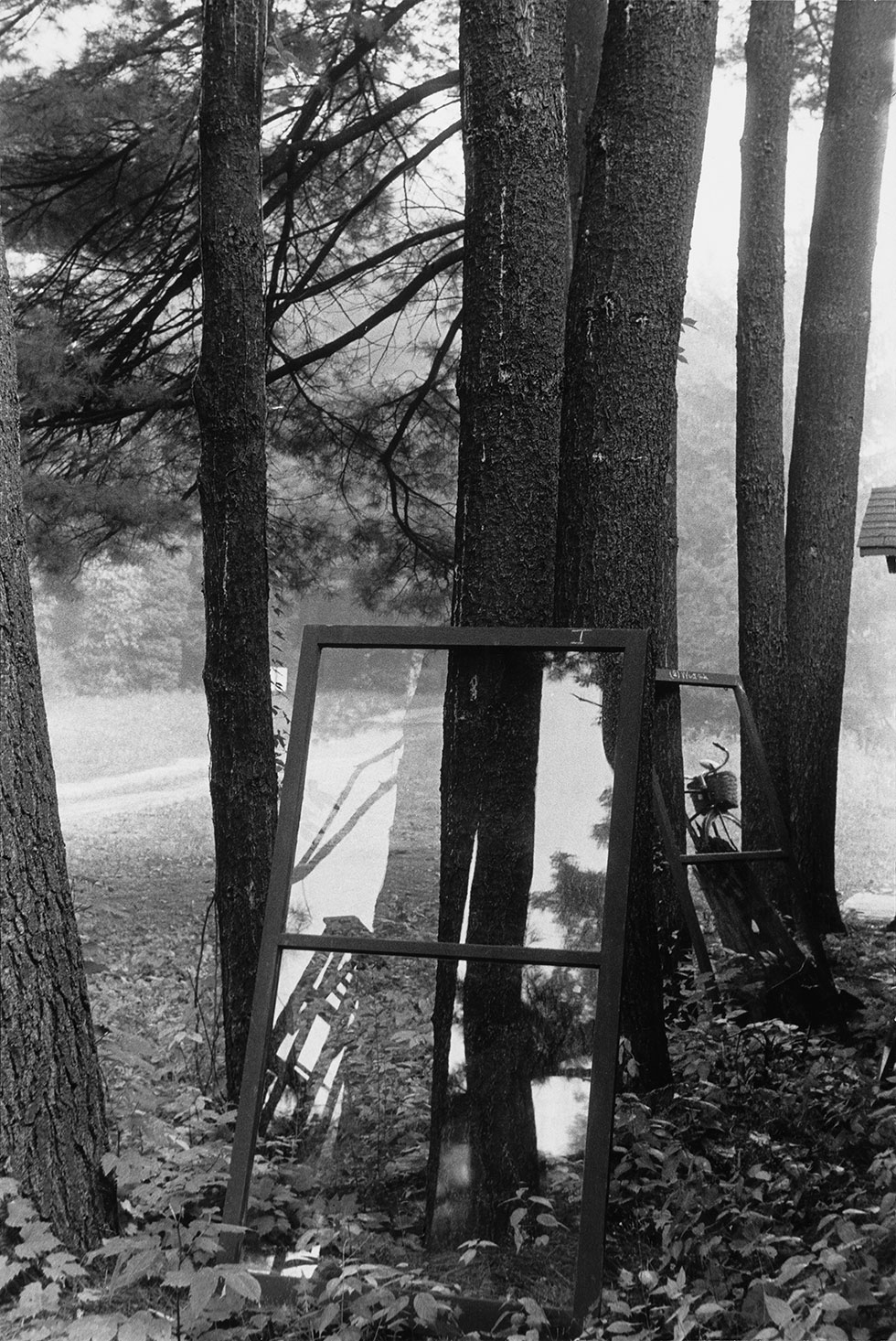
Saratoga Springs, 1956-57, © Louis Stettner Estate
1958
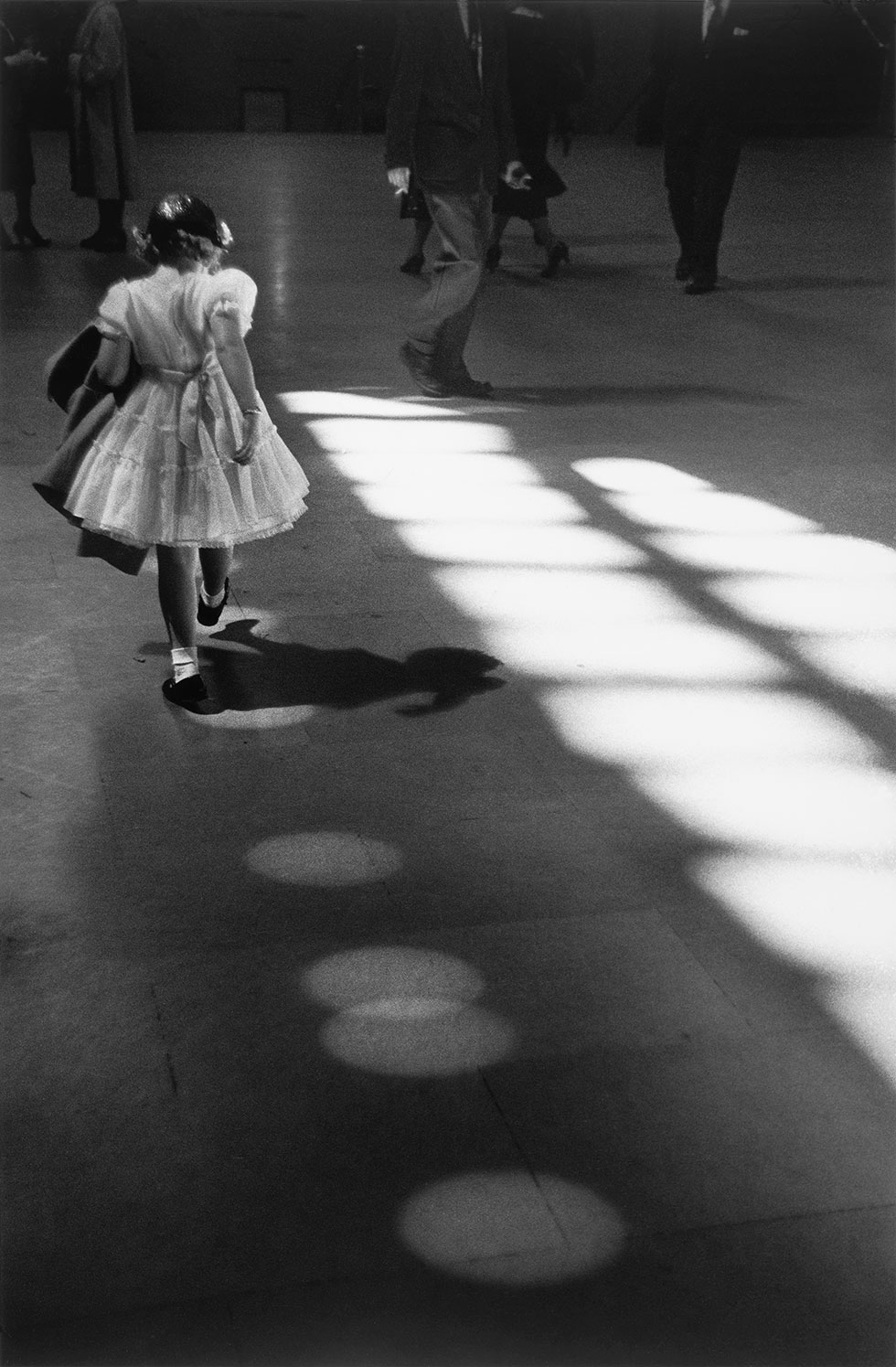
Penn Station, 1958 © Louis Stettner Estate
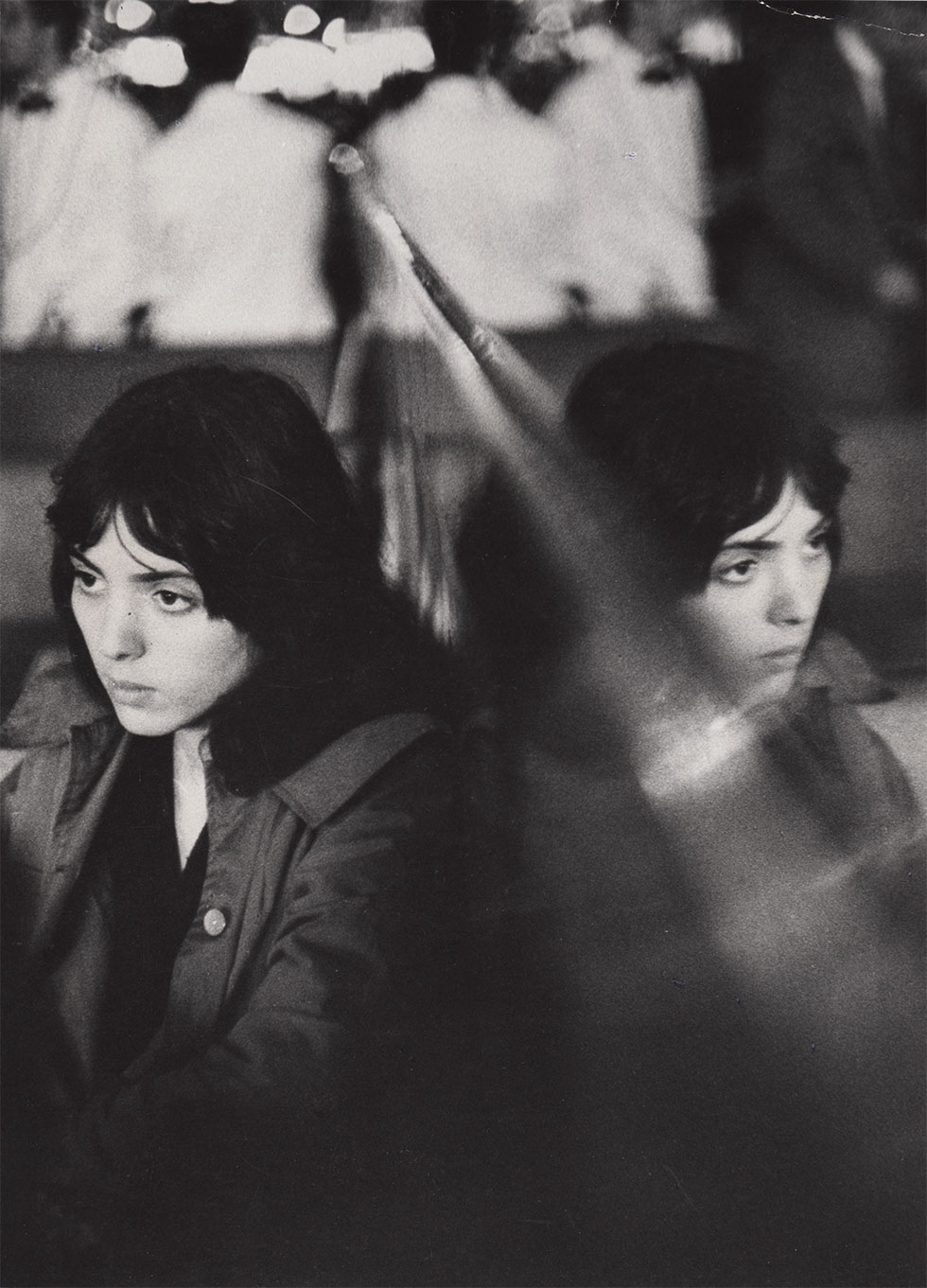
Nancy, The Beatnik Generation, NY 1958 ©Louis Stettner Estate
1958 — 1962
Works freelance in Paris. Chief photographer with Havas for a year.
1965 — 1970
Photo-journalist for MD Magazine, New York.

Penn Station, 1958 © Louis Stettner Estate
1971 — 1979
Writes a monthly feature first entitled “Speaking Out” and then “A Humanist View” for Camera 35 offering personal views as well as a reflection of cross-currents of photography in the Seventies.

Worker, Bingo Factory, ca. 1972-74 © Louis Stettner Estate
1972 — 1974
1973 — 1979
Professor of Photography at CW Post Center, Long Island University. (’76 Lectures at ICP, New York and Bennington College Vermont).

Teaching Photography at CW Post, Long Island Univeristy
1975
Awarded First Prize, Pravda World Contest. Travels six weeks photographing in the Soviet Union.
1977
Edits book Weegee the Famous. Begins taking photographs of landscapes (Montana, Wyoming, New York, France).
1980s
Concentrates on personal creative work. Produces a number of series including Still Lifes (1983/84); Cityscapes (1985); The Manhattan Trilogy: On the Bowery (1986), Lower Manhattan (1987/88), and Midtown; Brooklyn Bridge (1988); Manhattan Walls (1990); Pavement (1990); Nature, Nudes, and Portraits.
1990
Returns to France permanently to photograph, paint, and sculpt in Saint-Ouen (Seine Saint Denis).
1991 — 1996
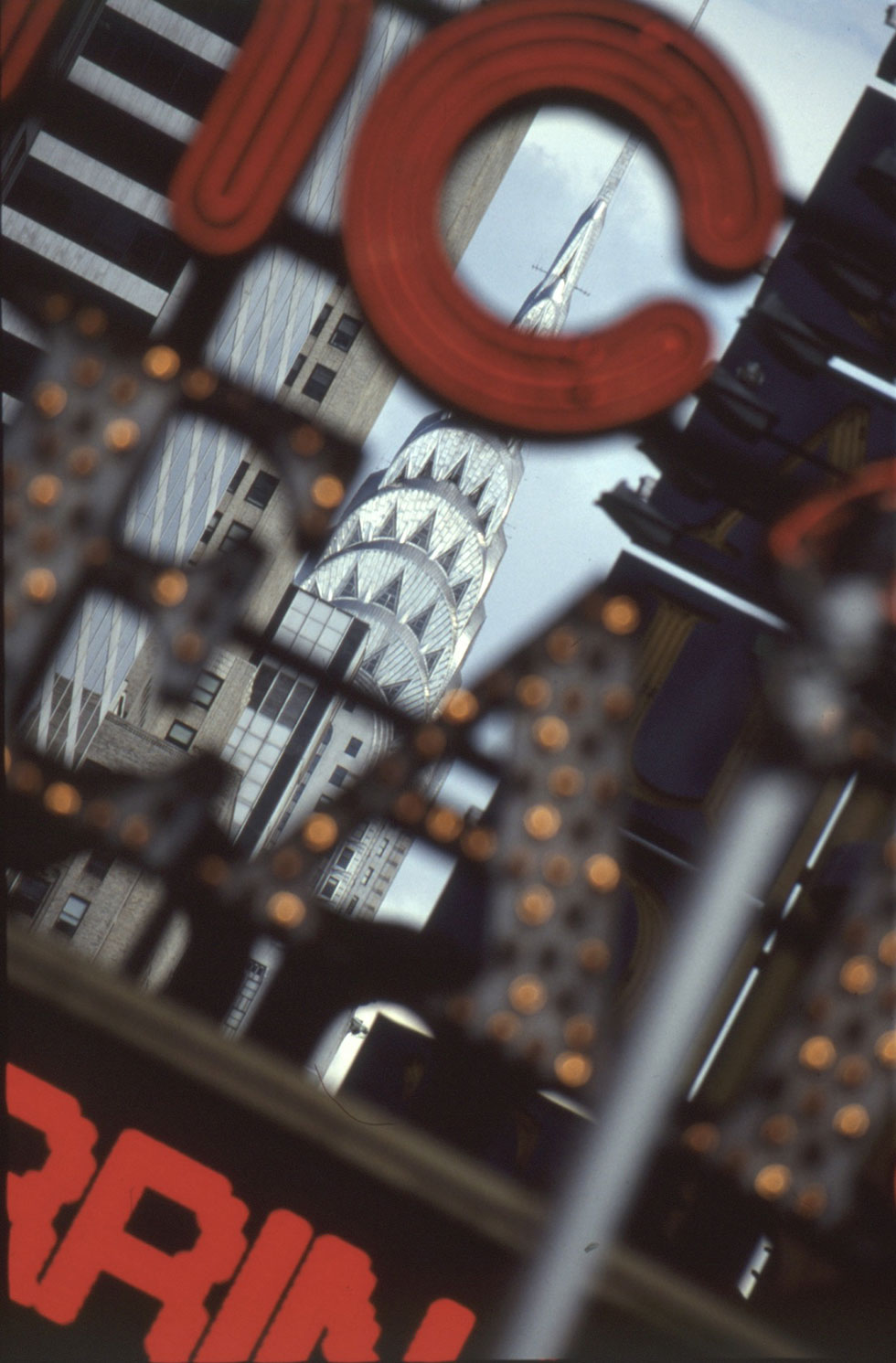
Chrysler Building from Times Square, 2004 © Louis Stettner Estate
1998 — 2016
Also paints, draws, and makes bronze sculpture.
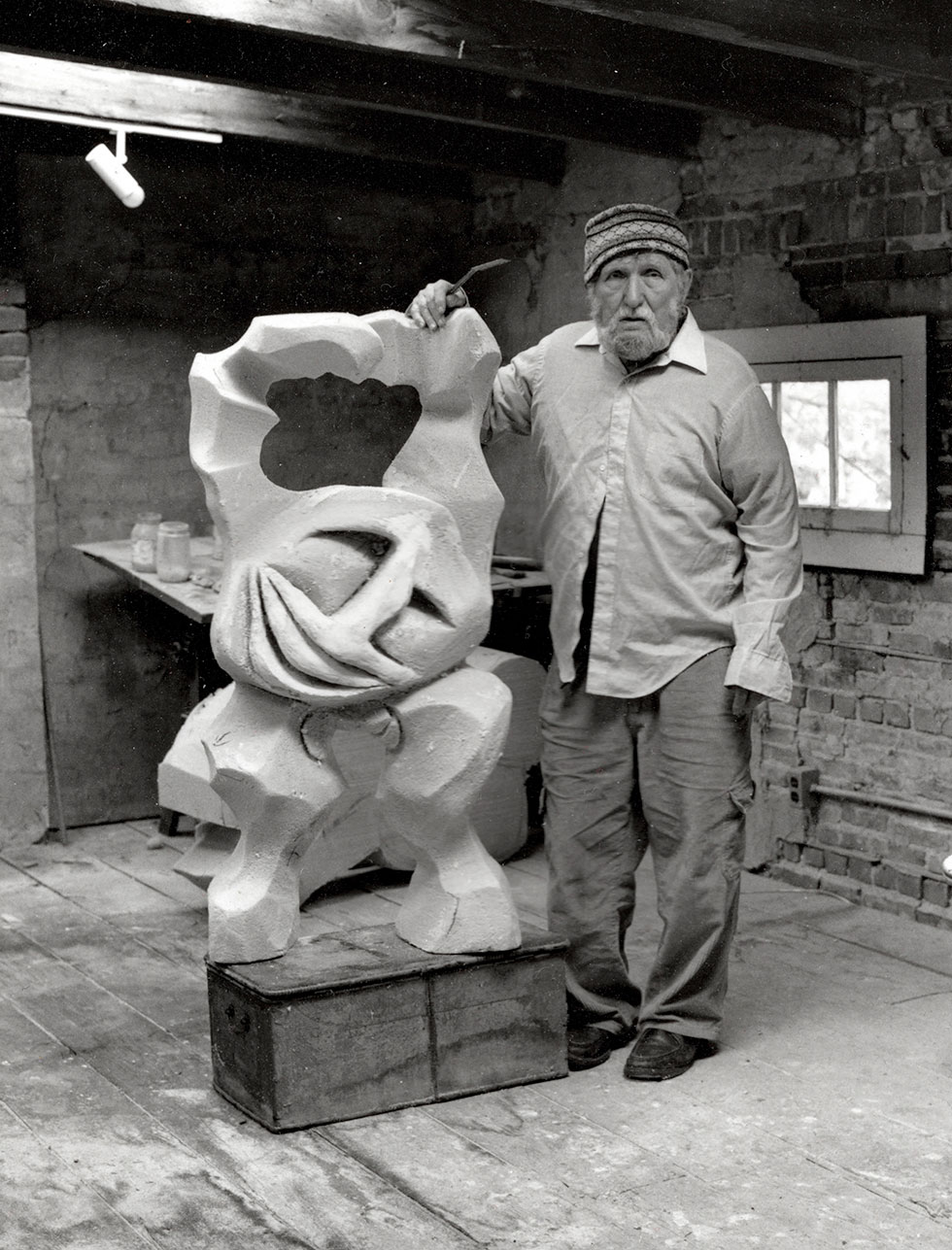
Sculpture Studio, Athens, New York, 2002
2001
Receives the medal of the Chevalier de l’ordre des Arts et des Lettres in France.
2012
Retrospective, Bibliothèque Nationale de France, Paris
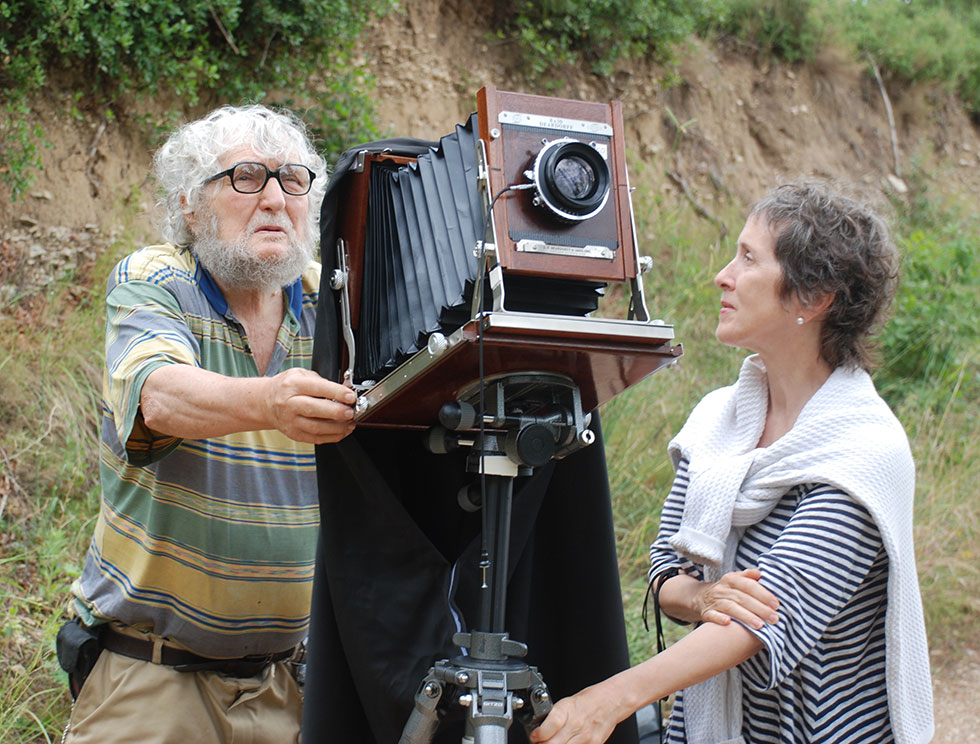
Photographing in the Alpilles, 2014
2013 — 2016
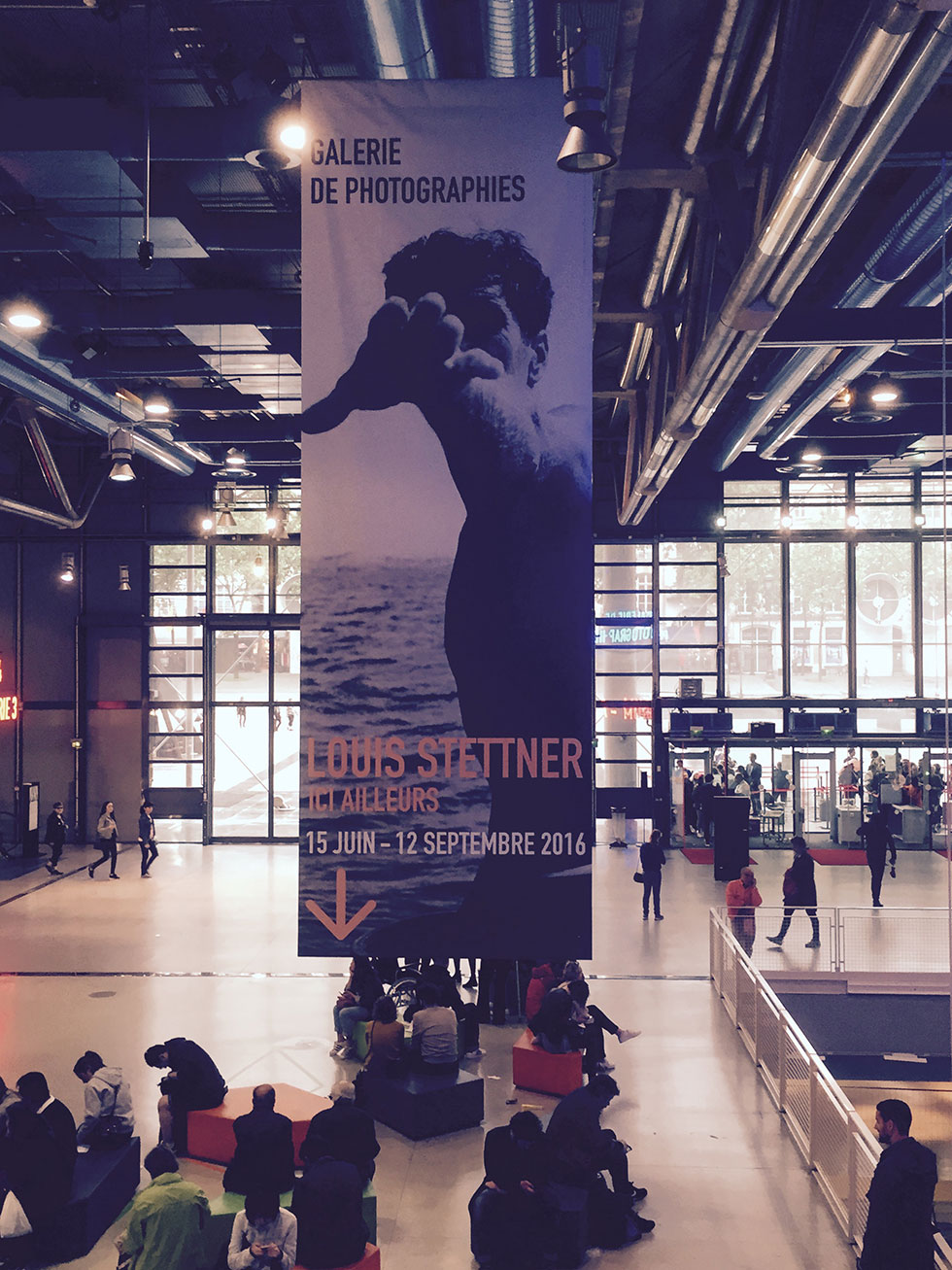
Photographing in the Alpilles, 2014
2016
Ici Ailleurs Exhibition at Centre Pompidou, Paris.
Dies in Paris on October 13 at the age of ninety-three.